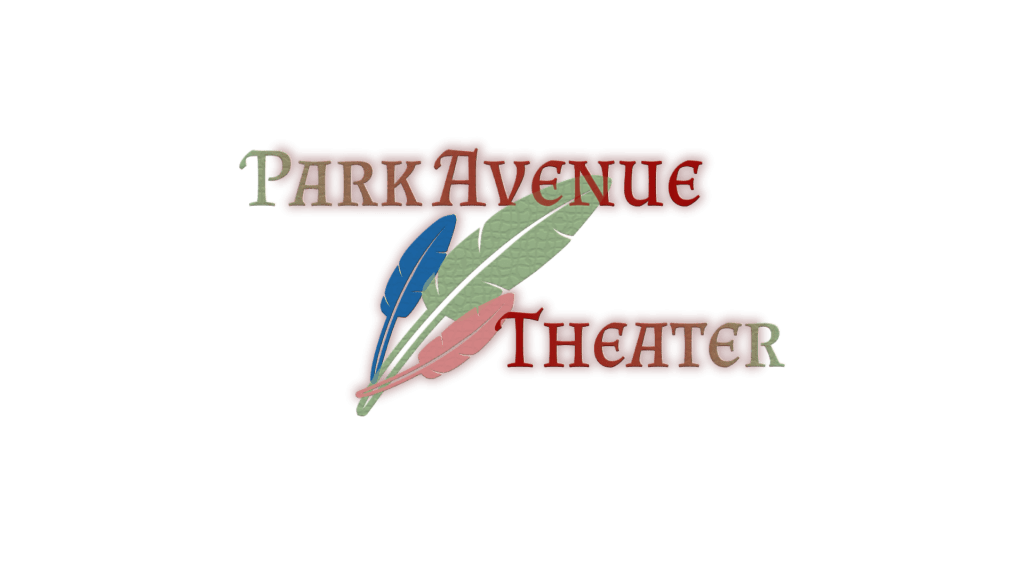On the 20th and the 21 st of November of 2021 (I honestly think that date looks beautiful), I
indulged my inner Shakespeare nerd, that now takes up to 33,3% of my personality, and
joined Park Avenue Theater’s Shakespeare Intensive Workshop. This meant a deep dive into
a dialogue chosen by Jo and a monologue of our own choice.
The selected dialogue was the last conversation between Othello and Desdemona. I was
cautious at first, having read the play and knowing its heaviness, especially of this scene. But
then again, it was a Shakespeare Intensive workshop. And when we looked closer, oh, in
them we found the gems it held: the silent beats.

Now, it can take a bookworm to explain exactly why they are so beautiful, but I’ll try it best I can in one sentence: it is like the silent moments in the music. Why would there be a pause here? Where in the line is this silence
and why did the character stop speaking at that point? Is it filled with an action? It brings so much to unpack in this single dialogue. Playing out the scene brought out even more and we could discover the relationship between the two characters, their mutual love and their separate goals.


As we had chosen the monologues ourselves, we already had some thoughts about them. I chose a monologue already very close to my heart: Puck’s “Now the hungry lion roars” (AMidsummer Night’s Dream, act 5 scene 1).
The workshop made me see this eerie monologue in a completely new way and at the same time helped me explore the side of it that I was dying to play.
To breathe life in Puck’s mischievous nature, combined with his tasks around the midnight hour.
The most wonderful part was that we never explicitly sat down and asked: “what is this monologue about?” Jo gave us the opportunity to find out along the way: playing with the ways a sentence could be said, what words could be stressed and the expression that we wore.
Another big part of it was the feeling we connected to the monologue and wanted to bring across to the others. The whole thing becomes a treasure hunt. I think Jo thoroughly enjoys giving us a map with vague enough clues and instructions so we can find our own interpretations and they become our own versions of the characters written by some guy in the Renaissance.



Hi, this is a comment.
To get started with moderating, editing, and deleting comments, please visit the Comments screen in the dashboard.
Commenter avatars come from Gravatar.